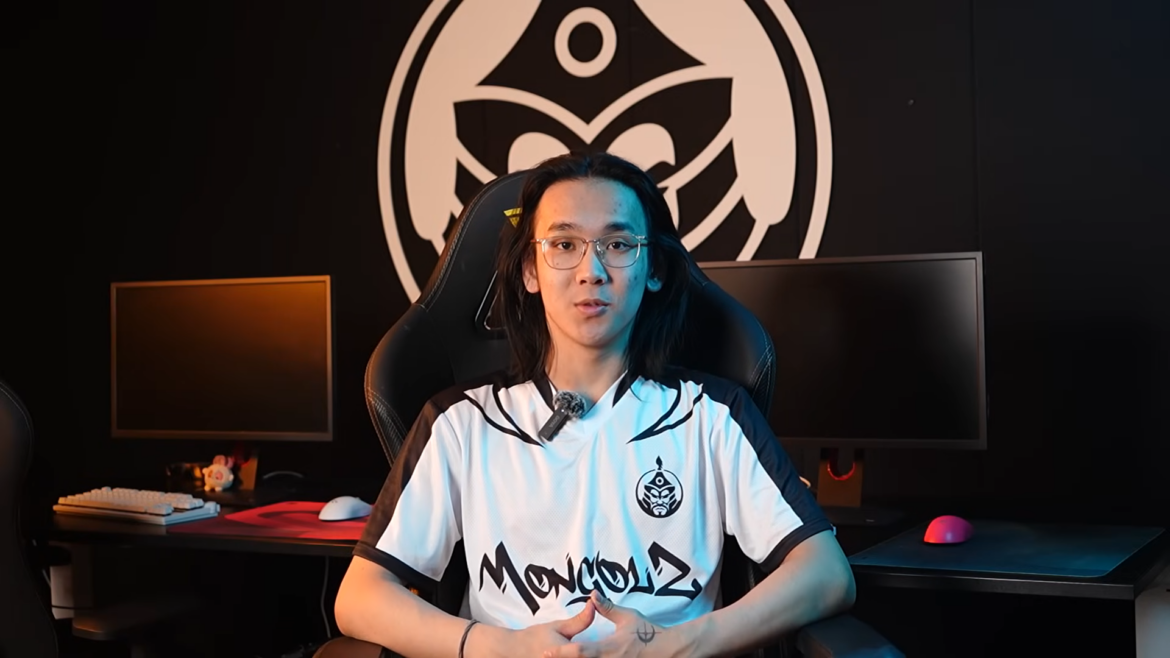We had the chance to speak with Temuulen “consz” Gankhuyag to talk about the Mongolian VALORANT scene—something we think hasn’t really been talked about anywhere before.
MONGOLIA – In recent years, esports has emerged as one of Mongolia’s standout strengths. While it might not be the first country that comes to mind when thinking about esports, Mongolia has steadily built a solid reputation, especially in tactical FPS title Counter-Strike.
This was especially true after The MongolZ’s impressive playoff run at the 2024 Perfect World Shanghai Major and their historic achievement as the first Asian team to compete in the Spodek Arena at the 2025 IEM Katowice Playoffs. Now recognized as the undisputed best Asian team in Counter-Strike, many –myself included– believe Mongolia and The MongolZ have surpassed the golden TYLOO era with Hansel “BnTeT” Ferdinand and Kevin “xccurate” Susanto.
ALSO READ: Under The Radar – Cud
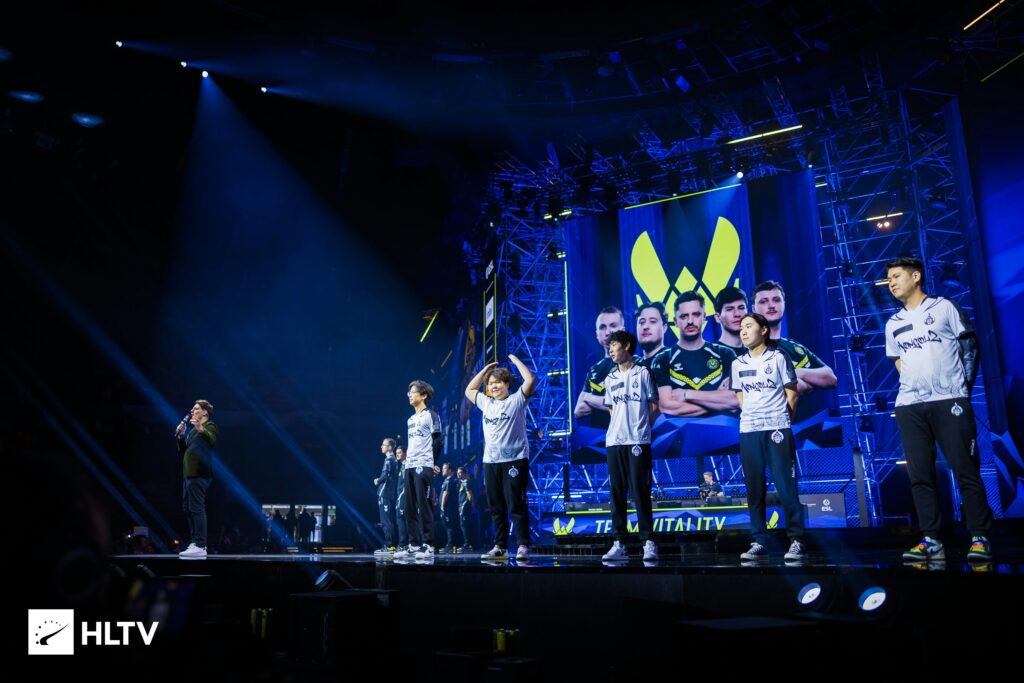
(Photo courtesy of HLTV)
Throughout our coverage at CSGO2ASIA, we’ve seen tremendous support from local communities, organizations, tournament organizers, and even esports associations, all working together to get the scene to a better place. As the Asian Counter-Strike scene tumbled downhill like a skier racing down a sharp track, the Mongolian scene rose, carving its own path to the summit.
Even as many top APAC Counter-Strike players have transitioned to VALORANT for new career opportunities, Mongolian players have largely been absent from the upper echelons of VALORANT, even within the Pacific region. It wasn’t until late last year that Team Kobolds made history as the first-ever Mongolian team to qualify for a Challengers event during the HK/TW Split 2.
We are now seeing an increasing number of Mongolian teams on the Pacific radar. From The MongolZ, which now fields the country’s best VALORANT team, to other familiar names from the Counter-Strike scene like IHC Esports and Chinggis Warriors, Mongolia’s presence in Riot’s FPS is growing especially with the inclusion of Mongolian teams into the Southeast Asian Challengers circuit.
ALSO READ: [CSGO2ASIA] D13 Owner on 110 ping-run in Europe, and the future
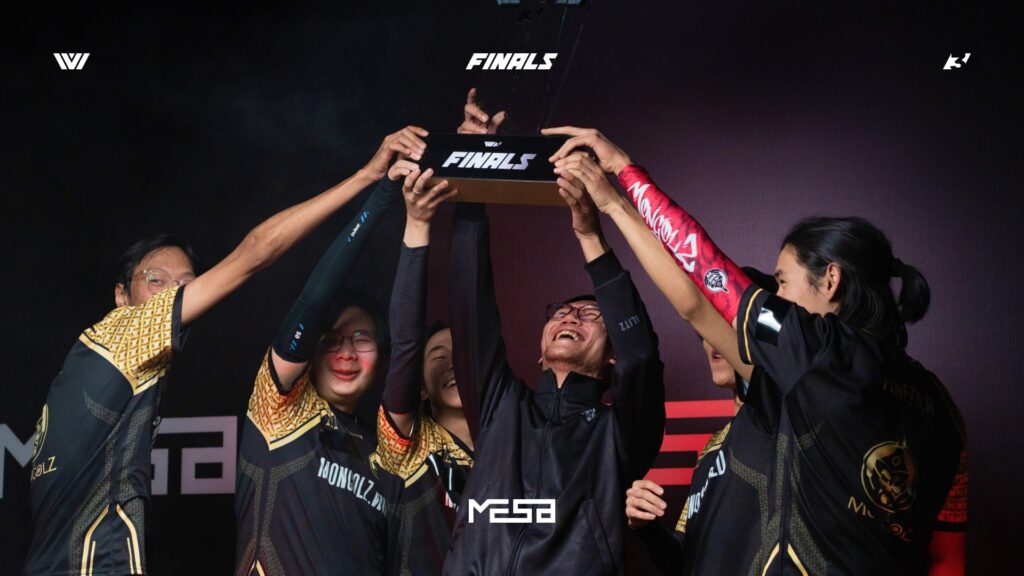
Mongolian VALORANT is growing fast, and they are not there yet at the level of dominating the scene, but one question still remains: Why did it take so long for them to start competing at a regional APAC level?
In the APAC scene of VALORANT, we have seen players like Kim “stax” Gu-taek, Jason “f0rsakeN” Susanto, Federico “Papi” Evangelista, Kititkawin “PTC” Rattanasukol, and others achieving greater success in Riot’s FPS compared to Valve’s, thanks to a more robust ecosystem and widespread support from all corners of the scene. However, with even better organic support and community in Mongolia, will they ever ascend to the same heights in VALORANT as they have in Counter-Strike? Will there be a time when a team from Mongolia play in VCT Pacific or even qualify for Masters and Champions?
To explore this, we had the chance to speak with Temuulen “consz” Gankhuyag, a MongolZ player and a huge VALORANT content creator in Mongolia, with over 180 thousand subscribers on YouTube alone. Based in Ulaanbaatar, consz streams his games and shares his daily life with the growing VALORANT community in Mongolia.
You’re the first Mongolian player we’ve had the chance to interview at VALO2ASIA! To start, can you give us an idea of how big the VALORANT scene in Mongolia is compared to CS?
“Thank you for having me. Compared to the Counter-Strike scene in Mongolia, VALORANT is much, much smaller. The Counter-Strike scene has been consistently active in Mongolia for 25 years now, whereas VALORANT has only been ‘active’ for about four years. Local CS tournaments are everywhere. We have a lot of internet gaming cafés (which we call PC), and most of them have hosted at least one CS tournament since its release. In contrast, VALORANT is relatively quiet. Because of this, CS has a huge fanbase in Mongolia.
Mongolian VALORANT has started becoming more active in 2024, especially with MESA (Mongolian Esports Association) hosting three tournaments (MVT) each year. These are the biggest VALORANT tournaments in Mongolia.”
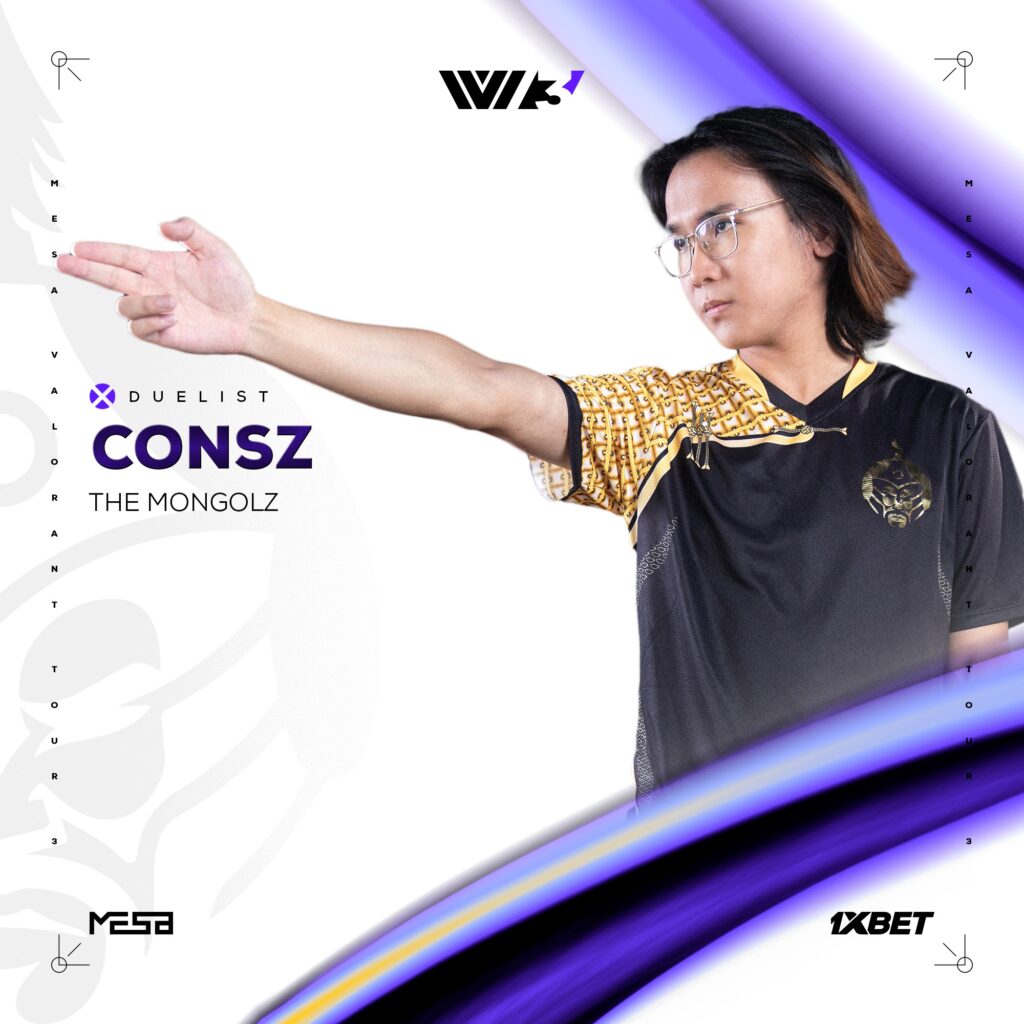
How did your journey in VALORANT begin?
“Well, I’ve been a gamer since I was five years old and have tried lots and lots of different [game] genres, but FPS has always been my favorite. I grew up playing CS 1.6, CS:GO, Call of Duty, Quake Arena, and all the other OG titles. Back then, admins would ban me for cheating because I was just a seven-year-old kid owning in public servers (I think I even made a video about it on my YouTube channel years ago), and they simply couldn’t believe it.
By 2019, I was getting really bored of playing CS all day and wanted to try something new so badly. Luckily, VALORANT was released in 2020, and it immediately caught my interest a lot. After just a month of playing, I had already hit Immortal 3 and was competing against some of the best in APAC. I used to duo with CS player Gan-Erdene ‘dobu’ Batbold and often found myself playing against top Chinese and Korean pros.
Then, a small VALORANT tournament was hosted by a creator in Mongolia, and I decided to give it a shot. Surprisingly, I really enjoyed it. That experience gave me a taste of competitive play, and from that moment on, I knew I wanted to pursue a professional career.”
Are there any players in the VCT that you look up to?
“I really enjoy watching LEV’s Max ‘Demon1’ Mazanov. I first saw him play at VALORANT Masters Tokyo 2023, and his performance, Jett plays, and mindset turned me into a fan. I even use his signature Gaia Vandal and Prime Karambit combo along with his dot crosshair.
Personally, I think he’s a great player, and I look up to him a lot. Hopefully, one day, I’ll get the chance to play against my idol.”
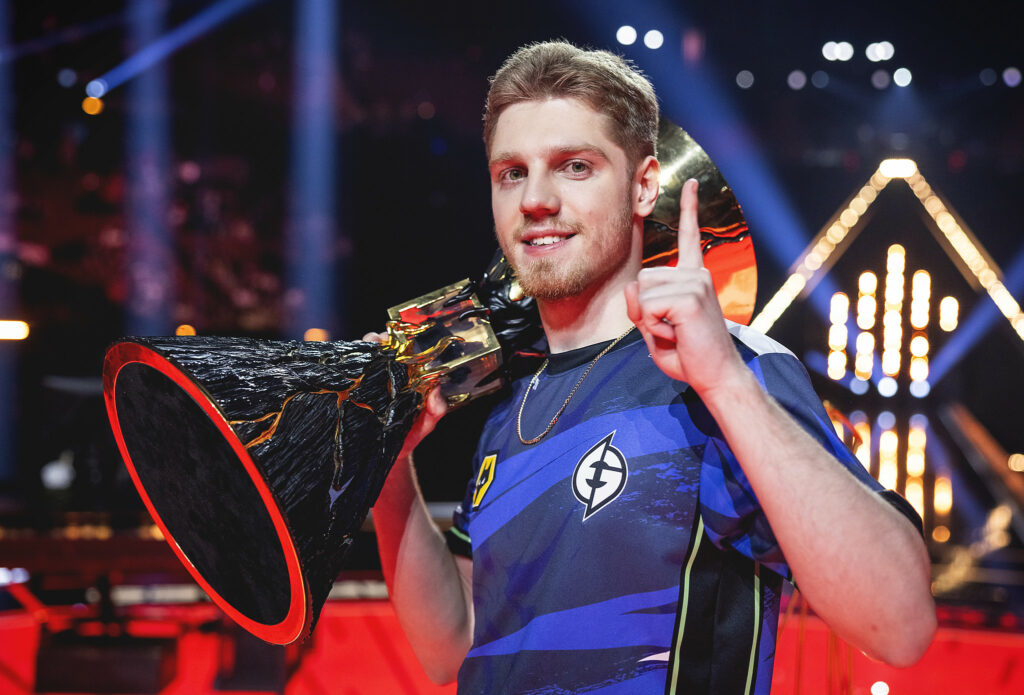
Do you think Mongolian teams would benefit from having a dedicated subregion or possibly joining a different circuit, or should they remain part of the SEA circuit? Do you believe being placed in the SEA circuit is the right move for Mongolia at this stage?
“There would be no real benefit in placing Mongolian teams in a different subregion because we already have stable connections—60ms to Hong Kong, 70ms to Tokyo, and 100ms to Singapore servers. However, having a Mongolia-only qualifier for Challengers or other events would be nice.
We have no choice but to play through only Premier to advance into Riot Official tournaments and that kind of sucks. Being placed in the SEA circuit is a good thing. The Mongolian VALORANT scene is still not ripe yet and I think being in the SEA circuit with strong teams would improve our teams a lot.”
How was your experience competing in your first SEA Challengers event during Split 3? You finished as the highest-rated player in the tournament, but on a personal level, how did you feel about your debut with The MongolZ in a Riot-sanctioned event?
“Playing in my first-ever Riot official match was an incredible experience. I think I even dropped 34 kills in that game. I was really nervous and felt the pressure, but I loved every moment of it. Months of preparation, practice, and scrims had been building up to that excitement.
Making my debut with The MongolZ was an honor. It’s a great organization and the biggest in Mongolia. This team is filled with talented players with a lot of potential.”
How much of a challenge is ping when competing in VALORANT, especially for Mongolian players?
“Ping is a huge factor. In Challengers, we play with 60-65ms, while the opposing team usually has 20-30ms. At first, I didn’t think it would make that much of a difference, but unfortunately, it does. Sometimes, I shoot first and still end up losing the fight.
If we could play on at least 30ms—or even better, in a LAN tournament with 0-10ms—we’d probably be able to show some insane shots.”
This is more of a general question, but what do you think has contributed to Mongolia’s success in tactical FPS titles like CS? The region wasn’t particularly on top of everyone’s list when it comes to esports, but in the past five years, Mongolian CS has made a significant impact. From your perspective, what has driven this rise in success?
“From my perspective, we love CS a lot. There are small tournaments happening daily, and players often form groups of ten, then split into balanced teams based on skill to play for fun. I think that’s one of the main things that has helped the Mongolian CS scene improve—everyone just loves the game and is passionate about it.
Even the biggest bank in Mongolia supports The MongolZ with insurance. The ecosystem is there, and because of that, players continue to develop and improve.
What do you think needs to happen for VALORANT to reach the same level of popularity and success?
“I think VALORANT is already on the same level as CS in terms of popularity and success. The fans are amazing, the competitive scene is thriving, and unlike many other games, VALORANT’s developers ‘sometimes’ listen to the players. If I could add one thing to VALORANT, it would definitely be a replay system [laughs].
Are there enough resources, tournaments, and organizations backing Mongolian VALORANT scene at this moment?
“Currently, there is only one organization here called MESA. They’ve been actively hosting local tournaments in Mongolia, and that’s the only one we have. Players are improving a lot because of it, which I think is great—even I came up through MESA.
Back then, we didn’t have an organization. I was part of a team called Imperials, and we proved ourselves by winning MESA twice back-to-back, which caught the attention of The MongolZ. That’s basically how we got signed. The same thing happened with IHC Esports and Chinggis Warriors—they also made a name for themselves through MESA.”
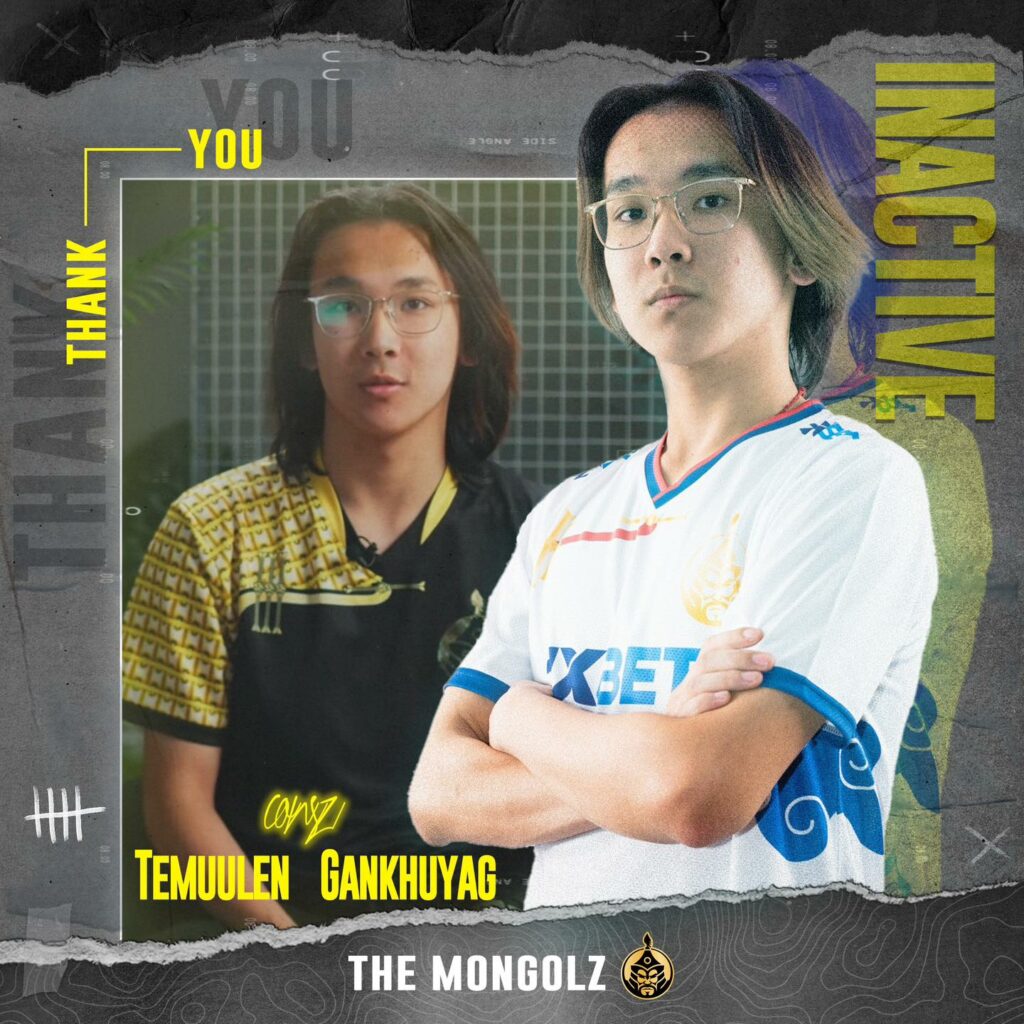
(Photo courtesy of The MongolZ)
You’ve recently been moved to the inactive roster of The MongolZ. What’s next for you? Do you see your future in a Mongolian team, or are you open to joining an international roster?
“I’m currently looking for a team and open to joining an international roster. Since I’m fluent in English, I don’t think language would be a barrier, and I can also flex across different roles.
Right now, I’m not officially a free agent yet, but if an offer comes from an international team, I’d love to join. For now, I’m just playing ranked, streaming, and working on improving my skills.”
ArdyIRL recently tweeted something saying that every day while he was in Mongolia, you would come into his room and ask what you could do to improve. Can you share more about that mindset and what drives you?
“My mindset is: All those days of preparation, all those sacrifices have led to this moment. I’m not screwing this up.
ArdyIRL has helped me a lot—he refined my skills, worked on my aim, and taught me resilience and the importance of never giving up. Through VALORANT, I’m trying to support both my family and myself.
What drives me the most is my fiancée and my family. I want to make them proud and fulfill my dream of being a successful son and husband. Also, lifting a World Championship trophy has been my dream ever since I was 12, watching Danil ‘Dendi’ Ishutin play Dota 2. VALORANT is giving me a chance to do both—support my family and reach my dreams.”
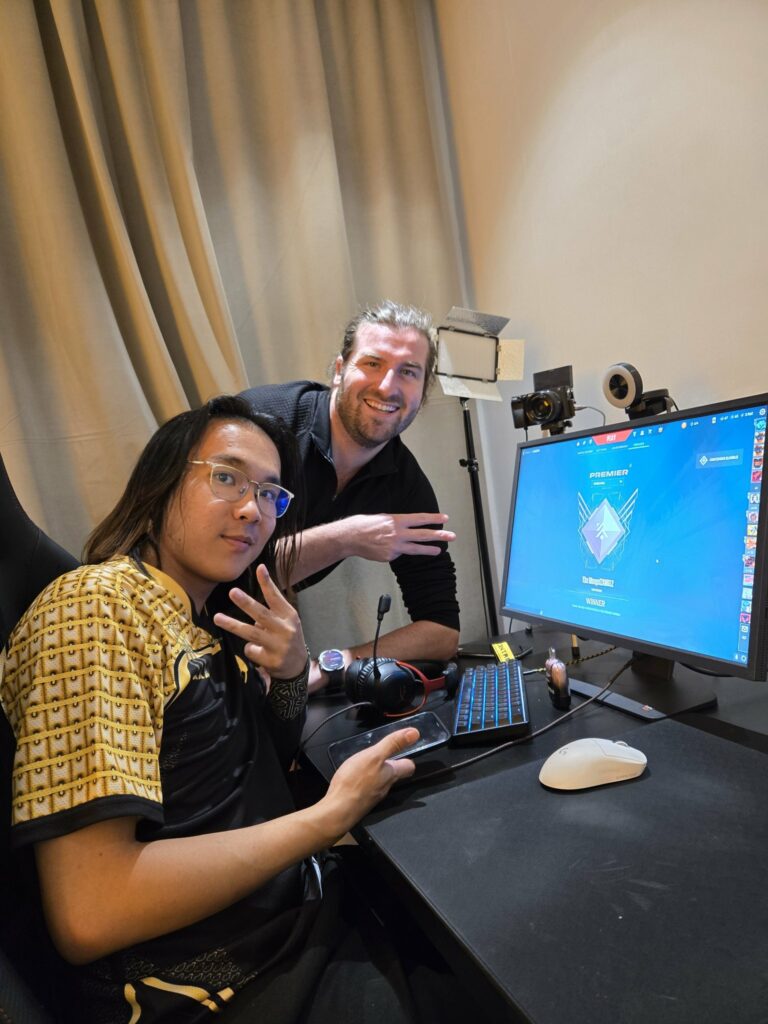
consz is now a restricted free agent of The MongolZ and is looking for new opportunities. Interested teams can contact him via Twitter.
For more insights on the Asian VALORANT scene and upcoming content like this, be sure to like and follow VALO2ASIA on Facebook, Twitter & Instagram.
Cover photo courtesy of The MongolZ

